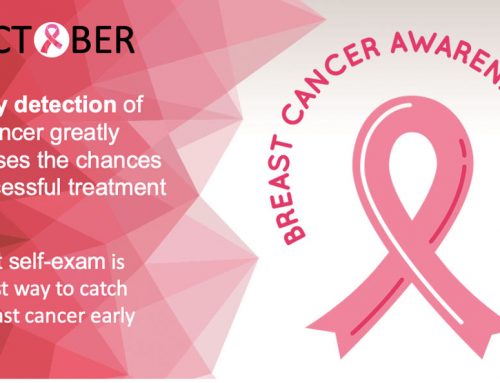What is Mammogram?
A mammogram, a screening tool, is an X-ray of the breast that helps to detect breast cancer. Apart from the regular checkups on the clinical level and self-examination of breasts, Mammogram is an essential element that serves one with a breast cancer diagnosis at the earliest.
How is Mammogram Done?
A mammogram takes place with an advanced screening X-ray machine, and one has to stand in front of it. An expert technician will place your breasts on a plastic plate, and another plastic plate from above will get firmly pressed on your breast.
This ought to make you feel some pressure on the breasts; these are done a few times to get a good side view of the breast and is continued same for the other breast. The technicians check the X-ray outputs, and all four images are seen if they have the perfect capture.
Though a technician cannot give you the results of your mammogram X-ray, you must wait until your doctor’s appointment to get the specified results. Every woman’s breast is different in every way, and hence the mammograms captured are all different.
What are the Major Types of Mammograms?
There are two significant types of mammogram depending on the following explanations:
- Screening Mammogram
A screening mammogram is a breast X-ray that detects women’s changes and notes the signs and symptoms. The X-ray of each breast is taken twice, and a mammogram has a more significant potential to see the tumour that cannot be felt in the symptoms.
- Diagnostic Mammogram
A diagnostic mammogram is the breast X-ray taken to diagnose the observed breast changes such as sudden pain, lumps, nipple discharge, or shape and shrunken breasts. A diagnostic mammogram is optimal to detect the abnormalities, detect changes irrespective of age.
Reasons to do a Mammogram.
A mammogram is taken for either the screening or for diagnostic purposes. With the evaluation of breasts and the specific symptoms associated with them, it is possible to be screened regularly.
Some of the symptoms that can be a trigger warning for early breast cancer are as follows:
- Palpable lump
- Breast Skin Thickening
- Nipple Discharge
- Erosive Nipple Sire
- Breast Pain
- Family history
Who Does Mammogram?
A technologist who performs a mammogram is known as a mammographer. The mammographer is the personnel who is trained to take X-ray outputs of the breasts via mammography.
The doctor who reviews your results and makes you understand the same is a radiologist; a regular doctor or a mammographer cannot tell you the mammogram results.
What Does it Feel to Undergo Mammogram?
Mammograms may feel a little uncomfortable, even slightly painful, but it is essential once you cross the age barrier we can mention age here, for screening. A mammogram will take just a few minutes of your time, and the discomfort disappears in the air.
You can rest easy as you will have a mammographer and radiologist for your breast examination and take care of the results in the upcoming tests.
What Can You Expect Results of Mammogram?
The mammogram results are usually obtained after few weeks of the X-ray check. It depends at every place and facility with the amount of dedicated personnel on work. The mammogram is read by a radiologist, which is conveyed to your doctor along with precise results. The reports are stated, and your health care provider acts accordingly.
At OncMonk, we pledged to take care of you and provide you with an environment where you can be yourself and help you relax. With us, you never fear help, and we take every effort to provide you with a calm mindset and treat anxiety and stress-related issues.
With our expert consultants and technicians, you know you’re in safe hands. We are available over the internet with exquisite virtual consultation programs for you.








Leave A Comment
You must be logged in to post a comment.